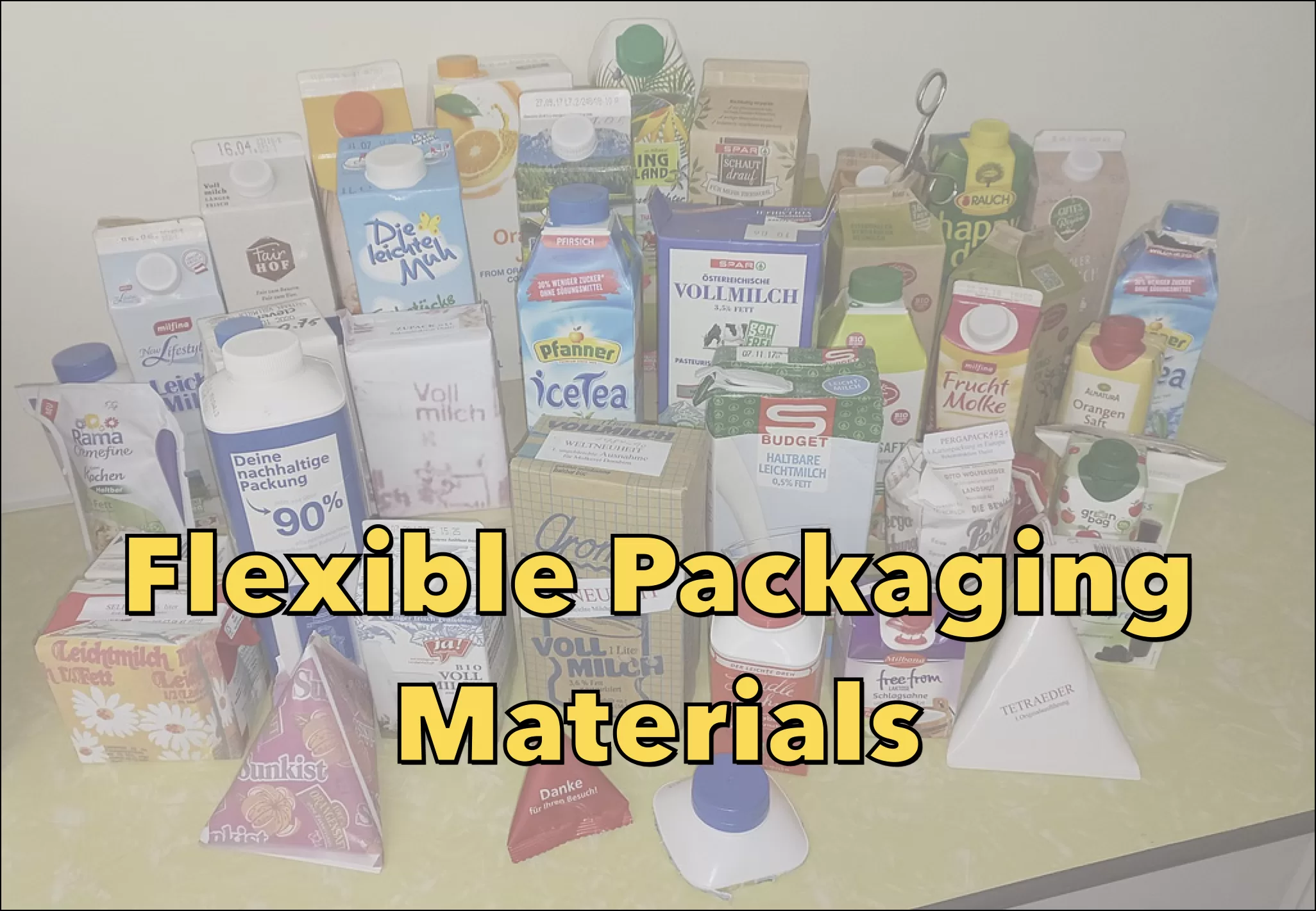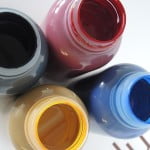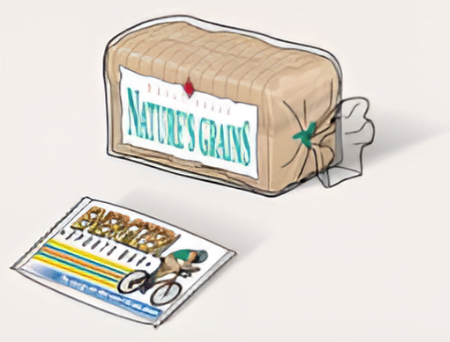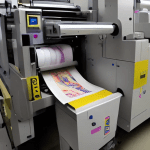As more products enter the market, marketing departments devote more resources to product branding. Branding experts have challenged the way products are packaged and presented through innovative and one-of-a-kind designs. Embossing (and debossing) has become a popular way to brand packages ranging from food and drink packages to luxury goods. While embossing and debossing can be done on a variety of substrates, foil is one of the most commonly used.
However, this is not to be confused with foil stamping (also known as foil embossing). Where the foil is stamped onto and adheres to whatever substrate is being used. Blind foil embossing is the process of pressing an image, logo, or layout into foil using male and female cylinders. This creates a 3-dimensional design without the use of inks or pigments.
While the concept may appear straightforward, large-scale embossing runs can be plagued by defects ranging from uneven pressure to fuzzy intricate details. Here are a few of the most common defects discovered while embossing foil:
Indicators of Insufficient Ink Drying for Foil Embossing Stamping
If the ink on the printed sheet is not allowed to dry properly before an operator begins to foil stamp, the foil product itself will frequently begin to smear when a finger is passed along the print area. If an operator notices ink from the sheet appear on the polyester film carrier after the image has been stamped, this is another indication of a wet sheet. Furthermore, if the ink offsets onto the sheet below on the feed table or the feed table rollers, it is a dead giveaway that the ink is not ready for foil stamping.
Tackling Foil Embossing Defects: Insider Solutions for Design, Pressure and Press Issues
Embossing on a foil substrate can present its own set of complex challenges to press operators. It’s also critical to understand how to deal with these defects as they occur. To press the design onto the substrate, foil embossing requires several pieces of machinery to work flawlessly together. Defects can occur as a result of cylinder design issues, press malfunction, or press operator error:
Problem: Design Flaw with the Embossing Cylinder
Because blind embossing does not use ink or pigments to raise or lower a design like die or foil stamping, it relies heavily on natural highlights and shadows to raise or lower designs onto foil. As a result, complex designs and details can be difficult to identify. Intricate parts of the design or logo may appear less visible than others, causing problems throughout the process.
Resolution: Collaborate With Your Image Carrier Service for Testing
When designing your next embossing run, it’s critical to have your image carrier service produce test embossing runs to ensure the effectiveness and quality of your designs. Modern image carrier services inspect embossing cylinders for design flaws and unrecognizable areas.
These proofs are then returned to the customer, and any changes can be made before the final cylinder is manufactured. Working closely with your image carrier service will save you time and money. This will help by catching any flaws in the design phase rather than ordering brand-new cylinders.
Problem: Inconsistent Pressure in Foil Embossing
Uneven pressure can result in embossed elements that are too deep or too shallow. Typically, this occurs when bearer bars are not built into the embossing plates or cylinders.
Resolution: Collaborate With Your Image Carrier to Implement Bearer Bars
It is critical to incorporate bearer bars into your design when working with your image carrier to reduce bounce when operating at high speeds.
Problem: Malfunction of the Embossing Press or Operator Error
As with any sleeve, taking special care during transportation and handling is critical to maintaining the integrity of your sleeve. Dropping, bumping, or otherwise mishandling embossing cylinders can result in alignment issues, low marks, and other embossing job issues. When working with malleable substrates such as foil, press settings must be double-checked to ensure proper pressure is applied and the substrate is free of debris or foreign materials.
Resolution: Exercise Care in Handling Sleeves and Operating the Embossing Press
Take special care of your embossing cylinders when handling them outside of the press, just as you would a new car. Even minor bumps or drops can cause serious problems and defects to appear throughout your jobs. Also, double-check your press and press settings before running a job. This will ensure the pressure is set correctly and the pathway for your substrate is clear of any foreign materials.
Expert Solutions for Overcoming Embossing Challenges: Trust the Pros for a Flawless Finish
Dialing in on embossing flaws can be difficult. If your image carriers aren’t producing adequate designs and you’ve checked to make sure your press is working properly, it might be time to switch image carrier services.
Work with an image carrier manufacturer who will not only test your design and send proofs before creating the final cylinders but also has proven experience creating embossing cylinders and plates. Working with these cutting-edge manufacturers will ensure that you receive the highest-quality product possible.
Image credit: iStock
Read next about Foiling in Flexography





